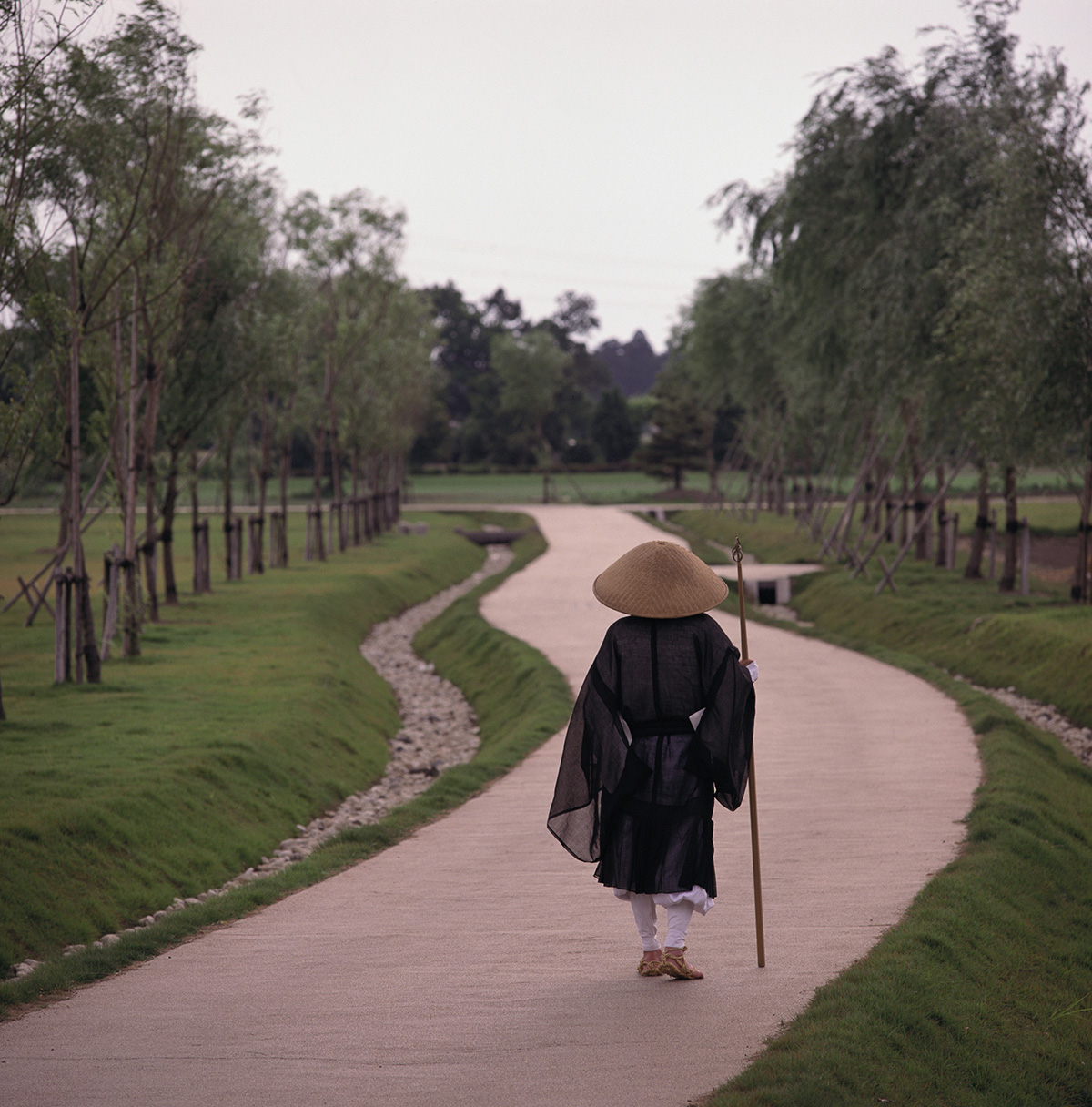Demise of the Saiku
Transformation of the Saiku in medieval times
 The Saio system gradually broke down over the 11th and 12th centuries. Buildings dating from this period appear to be fewer in number and smaller in scale. Artifacts from this period are mostly imported ceramics and examples of yamajawan, a type of coarse-textured ceramic bowl produced in today’s Aichi Prefecture.
The Saio system gradually broke down over the 11th and 12th centuries. Buildings dating from this period appear to be fewer in number and smaller in scale. Artifacts from this period are mostly imported ceramics and examples of yamajawan, a type of coarse-textured ceramic bowl produced in today’s Aichi Prefecture.The second half of the 12th century had a 15-year period when the post of Saio remained vacant. The well-known Buddhist monk and poet, Saigyo, is recorded to have visited the Saiku around this time, where he witnessed its state of decay.
Demise of the Saiku
In 1221, the imperial court in Kyoto and its allies staged a failed attempt to overthrow the shogunate in Kamakura. The defeat seriously undermined the power of the emperor, making it no longer possible for a newly enthroned emperor to readily appoint a Saio. Eventually, there were even emperors who did not appoint a Saio at all. The Saio system effectively became defunct, and vanished completely around 1334.Unearthed artifacts dating from this period suggest that the Saiku site had become an ordinary farming community.
